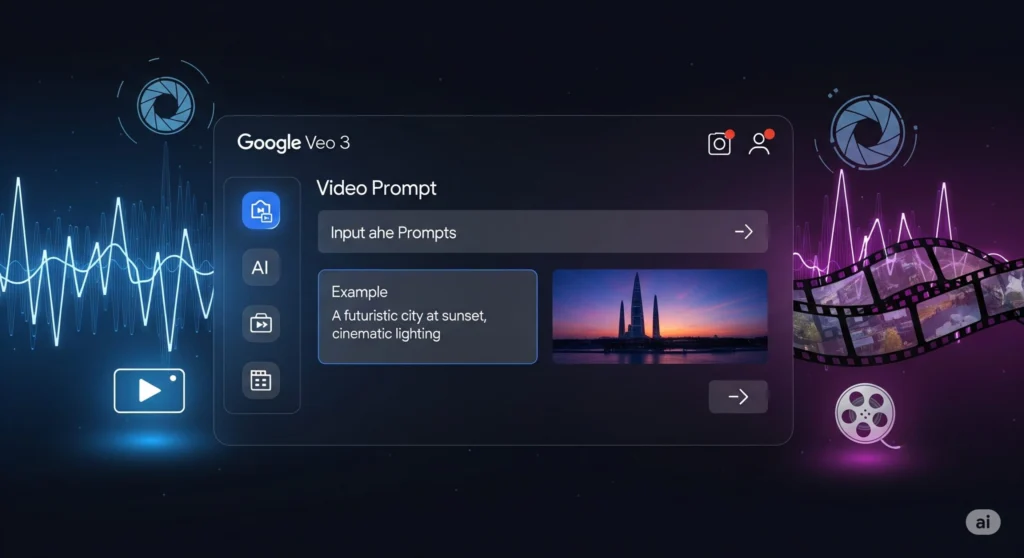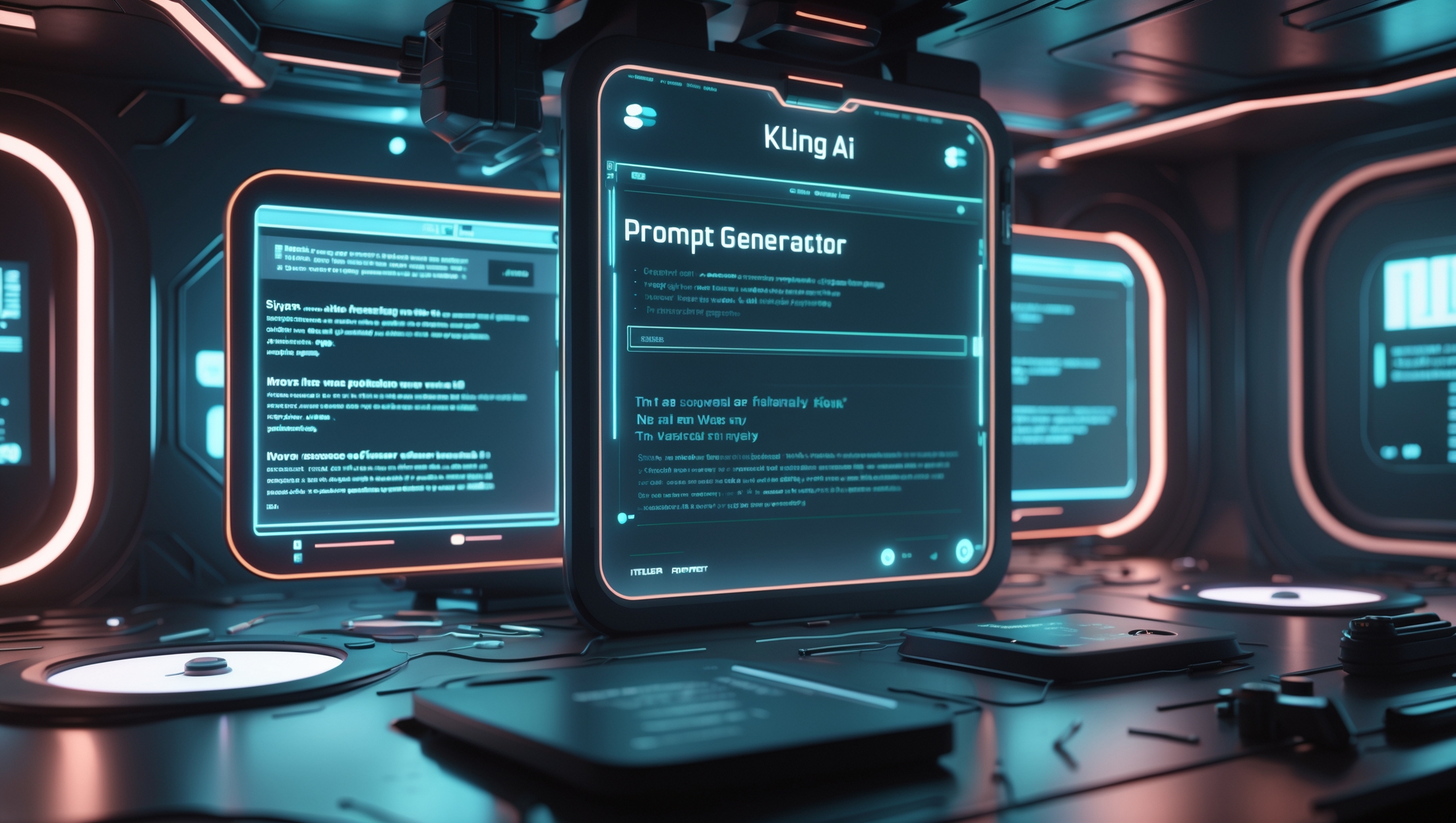The ground beneath the AI world is shaking again, and the tremors are coming directly from OpenAI’s headquarters. If you’ve felt that the pace of AI development has been anything short of breathtaking, get ready to hold on tighter. OpenAI has just officially unleashed its new flagship model, chatGPT o3-Pro, and it’s not merely an incremental upgrade. This is a fundamental shift in how artificial intelligence approaches complex problems, a model positioned by its creators as the “best in reasoning.”
Available now through both the ChatGPT interface and the API, o3-Pro is more than just the successor to the previous o1-Pro model. It represents a new philosophy—a move away from simply providing fast answers to a focus on providing correct, deeply reasoned, and consistently reliable solutions.
In this deep dive, we’re going to unpack everything you need to know. We’ll explore what makes o3-Pro tick, how its unique “thinking” process sets it apart, how it stacks up against its fiercest competitor, Google’s Gemini 2.5 Pro, and what its disruptive new pricing means for developers, businesses, and the future of AI integration. This isn’t just a news bulletin; it’s a strategic guide to understanding and leveraging the most powerful reasoning tool OpenAI has ever built.
What’s Under the Hood? Deconstructing the Magic of ChatGPT o3-Pro
To truly grasp the significance of chatGPT o3-Pro, we need to look past the branding and understand the core architectural and philosophical changes it brings to the table. This model is the crown jewel of OpenAI’s “o-series,” a family of AIs specifically engineered to “think before they speak.”
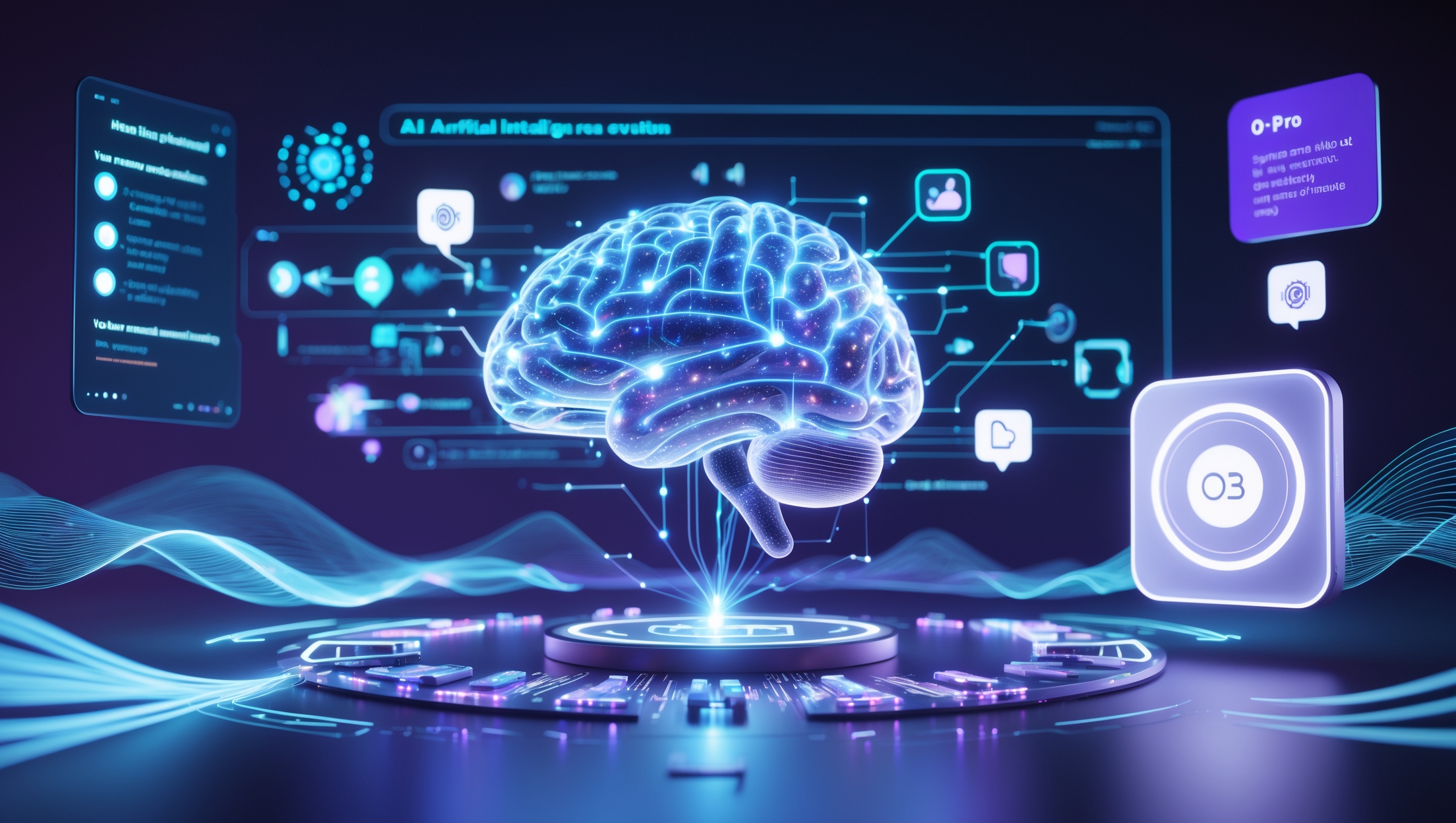
So, what does that actually mean?
At its heart, o3-Pro is built on a foundation of advanced reinforcement learning (RL). But while many models use RL to refine their answers, o3-Pro uses it to refine its process. The key difference is that the model is trained to allocate significantly more computational resources to the “thinking” phase. Instead of rushing to the most probable answer, it engages in a more meticulous, multi-step reasoning process. You can almost imagine it pacing in a digital room, considering different angles, checking its own logic, and forming a coherent chain of thought before committing to a final output.
This “harder thinking” is the secret sauce. It’s what leads to the highly consistent, high-quality responses that are quickly becoming its signature trait.
Let’s look at the raw specifications that enable this powerful capability:
- Massive Context Window:
200,000 tokens. To put this in perspective, that’s the equivalent of a 400-500 page book. The model can ingest and analyze vast amounts of information—be it a complete codebase, a lengthy financial report, or an entire research dossier—and maintain a coherent understanding of it all. - Generous Output Limit:
100,000 tokens. This allows the model to generate incredibly detailed and comprehensive responses, from writing entire software modules to producing in-depth analytical reports. - Fresh Knowledge: The model’s knowledge base is updated to June 2024, ensuring its responses are relevant and informed by recent developments.
- Multi-Modal Input: It accepts both text and image inputs, allowing for a richer understanding of complex prompts that combine visual and textual information.
- Exclusive API Access: For developers, o3-Pro is currently available exclusively through the
Responses API, signaling its positioning as a premium tool for structured, high-stakes tasks.
The core takeaway here is that chatGPT o3-Pro was designed from the ground up to tackle complexity. It’s not a generalist chatbot aiming for speed; it’s a specialist engine built for depth and accuracy.
The “4/4 Reliability” Benchmark: Why Consistency is the New AI Gold Standard
For years, the AI industry has been obsessed with “Pass@1” benchmarks—essentially, did the model get the right answer on the first try? This is a useful metric, but it has a critical flaw: it doesn’t account for consistency. An AI that gets a complex problem right once but fails the next three times isn’t reliable. It’s a gamble.
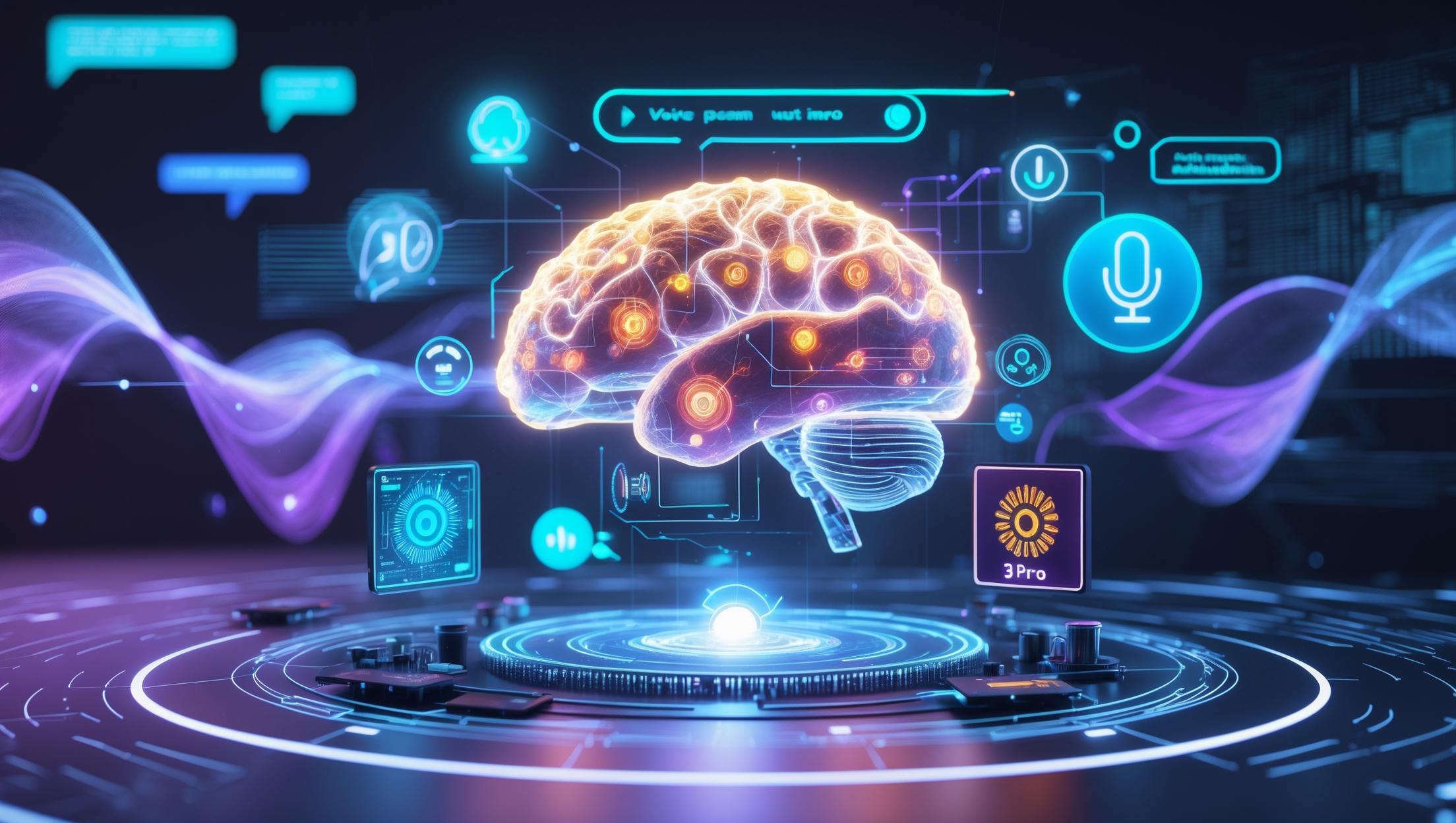
OpenAI is changing the game by championing a much stricter standard: “4/4 reliability.”
Under this grueling evaluation, a model is only considered successful if it correctly answers the same challenging question in all four attempts. It’s not about getting lucky once; it’s about demonstrating a true, repeatable understanding of the problem. This is the difference between a student who luckily guesses the right answer on a multiple-choice test and a student who can show their work and arrive at the correct solution every single time.
This focus on reliability is arguably the most important leap forward that chatGPT o3-Pro represents. It’s a direct response to the needs of professionals and enterprises. When you’re debugging a critical piece of software, conducting scientific research, or making a financial decision based on an AI’s analysis, you can’t afford for it to be right only “some of the time.” You need unwavering dependability.
The 4/4 reliability standard is a declaration that the era of AI as a novelty is over. For AI to become truly integrated into our most critical workflows, it must be trustworthy. O3-Pro is OpenAI’s first major step toward building that trust not on marketing claims, but on provable, repeatable performance.
The Art of Integration: More Than a Brain, It’s a Collaborative Partner
One of the most fascinating and human-like aspects of chatGPT o3-Pro is its self-awareness about its own limitations. The source text brilliantly highlights a key insight: if you don’t provide it with enough context, it can “think too much” or over-analyze. It’s like a super-intelligent intern; its raw analytical power is off the charts, but it needs clear direction and the right tools to be effective.
This brings us to the next frontier of AI development, a challenge that o3-Pro is designed to meet head-on: human-world integration.
Modern AI models are incredibly powerful in isolation, but we’re hitting a ceiling on what they can achieve with simple, self-contained benchmarks. The real challenge now is making AI a useful employee, not just a brilliant student. As the analogy goes, a 12-year-old with a genius-level IQ is still not ready to be a productive team member in a corporate environment. Intelligence is one thing; effective integration is another.
Today, this integration hinges on one critical capability: the ability to call and use tools. Can the AI model effectively:
- Understand its environment?
- Communicate what tools it has access to?
- Know when to ask for external information instead of guessing?
- Select the right tool for the specific job at hand?
This is where o3-Pro makes massive strides. It has been trained extensively not just on information, but on the process of problem-solving in a tool-rich environment. It’s much better at recognizing what it knows versus what it needs to find out. It shows a superior ability to interact with APIs, access external data sources, and coordinate with other AI systems. It’s not just a “thinker”; it’s being trained to be an exceptional “doer.”
This push into what OpenAI calls vertical reinforcement learning (vertical RL)—seen in specialized projects like Deep Research and Codex—is the key. They aren’t just teaching the AI how to use a hammer. They are teaching it to recognize a nail, understand why a hammer is the best tool for the job, and then use it with precision. This deeper, process-oriented reasoning is what separates o3-Pro from models that simply parrot information.
The Main Event: ChatGPT o3-Pro vs. Google’s Gemini 2.5 Pro
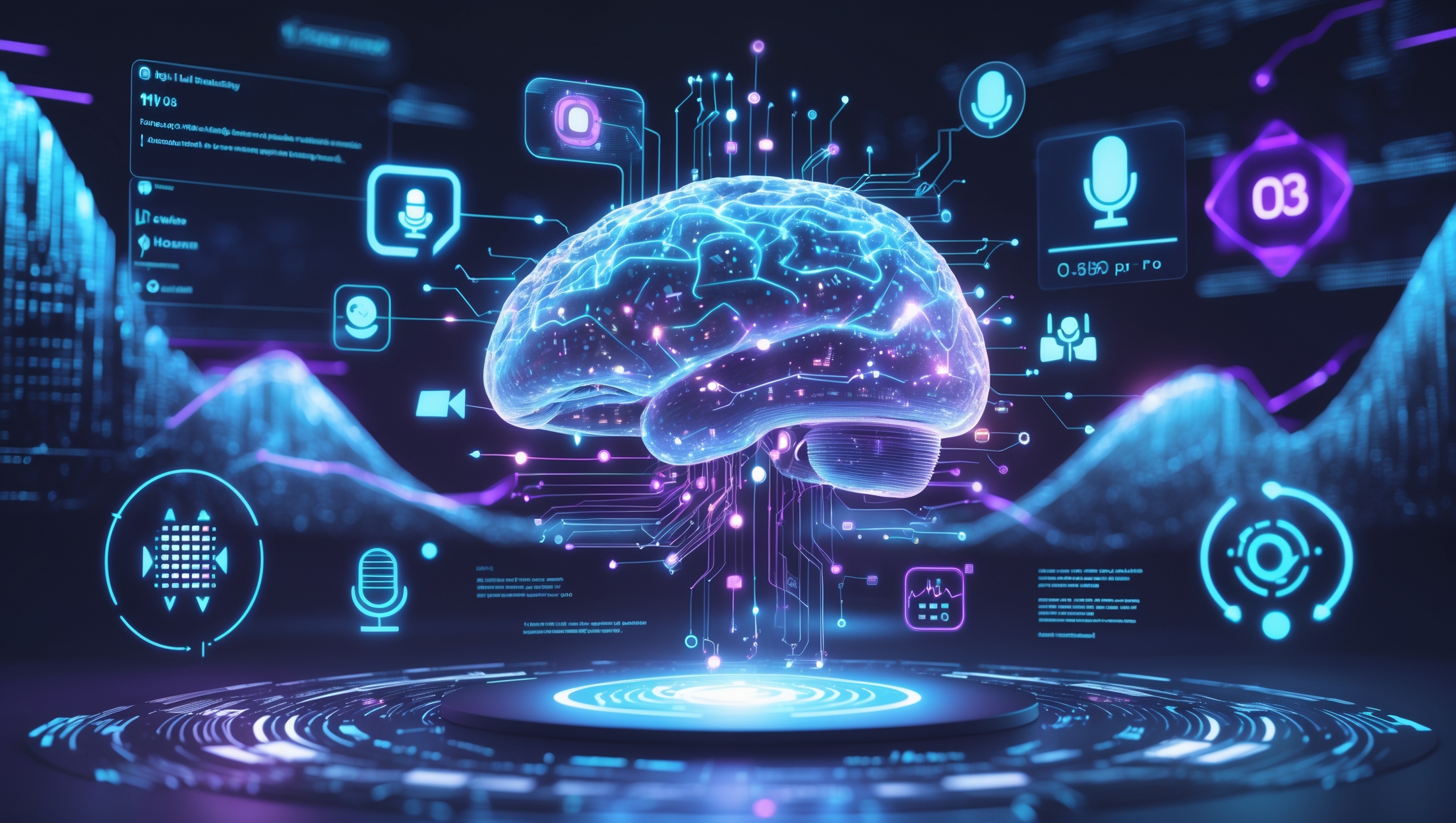
No AI model exists in a vacuum. The launch of chatGPT o3-Pro puts it in direct competition with Google’s most powerful offering, Gemini 2.5 Pro (often enhanced with its own “Deep Think” mode). This is the heavyweight championship bout of the AI world, and the winner is often determined by the specific needs of the user.
While models like Anthropic’s Claude Opus feel “big” and powerful in a more abstract way, the improvements in o3-Pro are tangible and sharp. Users report that its outputs feel more precise, its reasoning is clearer, and its overall performance feels like it’s operating on a different level entirely.
Let’s break down the head-to-head comparison based on key industry benchmarks.
1. The Reliability Test (4-for-4 Consistency)
This is where o3-Pro truly shines and establishes its dominance for high-stakes tasks.
The Analysis: The data speaks for itself. chatGPT o3-Pro demonstrates a significant lead in its ability to be consistently correct across multiple attempts, especially in highly logical and structured domains like advanced mathematics and competitive programming. This is a direct result of its “reasoning first” architecture. It’s also worth noting that Gemini’s performance on this specific reliability metric is less transparent, making a direct, fully verified comparison challenging. For users who prioritize dependability above all else, o3-Pro is the clear frontrunner.
2. The Accuracy Test (Pass@1 – Right on the First Try)
This benchmark measures raw, first-shot accuracy. Here, the race gets much closer.
The Analysis: In a single-shot attempt, Gemini 2.5 Pro, particularly when augmented with its “Deep Think” feature, closes the gap considerably. It achieves parity in graduate-level scientific questions and comes within a hair’s breadth in advanced math. This suggests that for tasks where you need a quick, powerful, and likely correct answer—and are willing to regenerate if it’s not perfect the first time—Gemini remains an incredibly strong contender. However, o3-Pro still maintains a notable edge in the complex logical reasoning required for competitive coding and holds a slight lead in overall accuracy, reinforcing its position as the more precise instrument.
3. The Overall Verdict: Choosing the Right Tool for Your Needs
The choice between chatGPT o3-Pro and Gemini 2.5 Pro isn’t about which one is “better” in a vacuum; it’s about which one is the right tool for your specific task.
If your work involves fluid, creative tasks like writing marketing copy, brainstorming ideas, or engaging in open-ended dialogue, Gemini 2.5 Pro‘s conversational strengths make it an outstanding choice. It excels at generating human-like text and exploring creative avenues.
However, if your work demands analytical rigor, logical deduction, and bulletproof reliability—tasks like scientific analysis, financial modeling, complex code generation and debugging, or legal contract review—then chatGPT o3-Pro is unequivocally the new gold standard. Its superior performance on consistency and complex reasoning makes it the more trustworthy partner for mission-critical applications.
The Economics of Genius: An 87% Price Drop Changes Everything
Perhaps the most shocking part of the o3-Pro announcement wasn’t its performance, but its price. In a move that sent waves through the developer community, OpenAI slashed the cost of its top-tier reasoning model dramatically.
The old o1-Pro model was prohibitively expensive for many. The new o3-Pro is a different story:
- Input Tokens: $20 per 1 million tokens
- Output Tokens: $80 per 1 million tokens
This represents a staggering 87% price reduction compared to its predecessor.
Simultaneously, OpenAI also made its standard o3 model more accessible, cutting its price by 80%:
- Input Tokens: $2 per 1 million tokens (down from $10)
- Output Tokens: $8 per 1 million tokens (down from $40)
This isn’t just a pricing update; it’s a strategic move to democratize access to elite AI reasoning. An 87% price drop fundamentally changes the return-on-investment calculation for developers, startups, and even enterprise users. Projects that were once financially unfeasible due to the high cost of API calls are now suddenly viable. This will undoubtedly spur a new wave of innovation, as more creators can now afford to build applications powered by a state-of-the-art reasoning engine.
The Professional’s Playbook: How to Use ChatGPT o3-Pro Effectively
With great power comes the need for a smart strategy. You wouldn’t use a sledgehammer to hang a picture frame, and you shouldn’t use a sophisticated reasoning engine for every simple query. Based on OpenAI’s own recommendations and best practices, here’s how to integrate o3-Pro into your workflow for maximum efficiency and impact.

When should you reach for o3-Pro?
- For Complex and Critical Problems: Any time accuracy and reliability are more important than raw speed. Think financial analysis, scientific research, or generating legal documents.
- For Deep, Multi-Step Analysis: When a problem can’t be solved in a single step. O3-Pro excels at tasks that require a chain of logical deductions, like planning a complex software architecture or analyzing the second-order effects of a business decision.
- For High-Value Professional Tasks: This is the model’s sweet spot. Use it for advanced programming, data science that requires Python analysis and integrated tools, and in-depth business intelligence.
- When the Cost is Justified: For high-value work where the cost of the model and the slightly longer wait time for a response are easily offset by the superior quality and reliability of the output.
A Suggested Workflow for Power Users
For professionals who use AI daily, a tiered approach is most effective. Consider allocating your usage like this:
- Simple, Everyday Questions (40% of use): Use a fast, cost-effective model like GPT-4o. It’s perfect for quick summaries, emails, and straightforward queries.
- Important or Difficult Problems (40% of use): This is where you deploy the heavy hitters. Start with the standard o3 model. If the task is truly mission-critical or requires the absolute highest level of reasoning, upgrade to chatGPT o3-Pro.
- Quick Coding Tasks (10% of use): For generating boilerplate or simple scripts, a model like GPT-4.1 can be a fast and efficient choice.
- Deep, Intensive Research (10% of use): For workflows that require extensive analysis and tool integration, dedicated environments like OpenAI’s Deep Research (which is built on o3), are the optimal choice.
The Fine Print: Current Availability and Limitations
As with any major new release, the rollout is phased and comes with a few temporary caveats.
Current Access:
- ChatGPT Pro & Team Users: Access is available immediately.
- Enterprise & Edu Users: Access is expected to roll out in the coming week.
- API Access: Available now, but only through the
Responses APIand requires organizational verification, reinforcing its professional focus.
Temporary Limitations:
- Temporary Chats: This feature is momentarily disabled for o3-Pro due to technical issues that are being resolved.
- Image Generation: O3-Pro is a reasoning engine; it does not currently support image generation (DALL-E).
- Canvas Incompatibility: The ChatGPT Canvas feature is not yet compatible with the o3-Pro model.
- Slower Speed: This is not a bug, but a feature. The deep reasoning process is computationally intensive, meaning o3-Pro will be noticeably slower than models like GPT-4o. This is the trade-off for higher quality and reliability.
OpenAI is also stressing that o3-Pro inherits the complete safety and compliance framework from the o3 model, including their comprehensive Preparedness Framework for risk assessment, automated monitoring for harmful content, and controlled API access.
Conclusion: A Paradigm Shift Towards Reliable AI
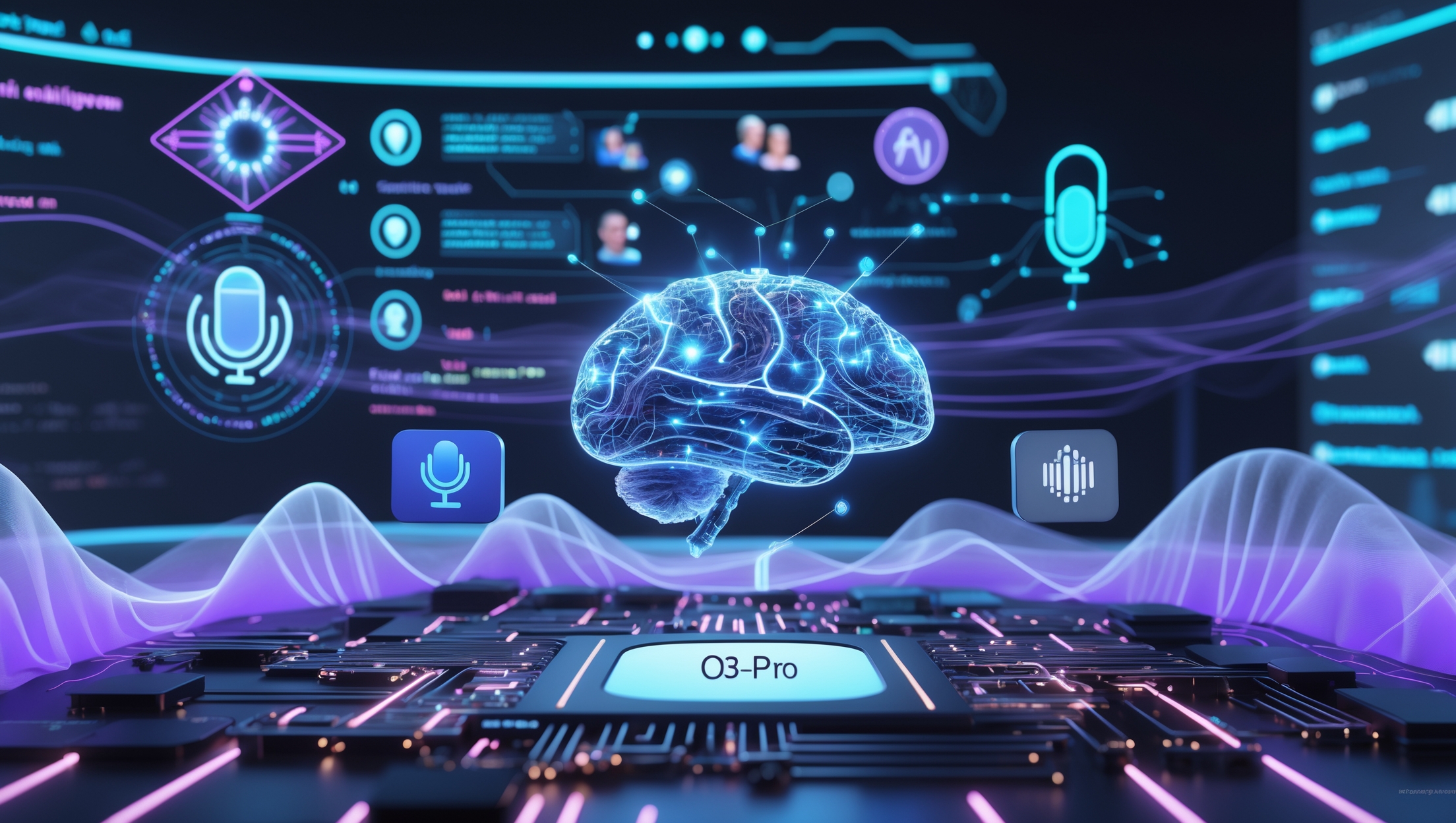
The launch of OpenAI’s chatGPT o3-Pro is more than just another entry in the AI arms race. It marks a pivotal moment in the evolution of artificial intelligence—a deliberate shift away from the parlor tricks of generative novelty and towards the bedrock of industrial-strength application: reliability.
The combination of its groundbreaking performance in complex reasoning, a new and rigorous “4/4 reliability” evaluation standard, sophisticated tool integration, and a radically more accessible price point creates a powerful new value proposition. O3-Pro is not just an upgrade; it is a paradigm shift in how we should approach and utilize AI for serious, high-stakes work.
Its ability to process diverse file formats, integrate seamlessly with external tools, and, most importantly, provide answers that are not just clever but consistently correct, opens up new frontiers for researchers, developers, and analysts. We are moving from an era of asking “What can AI create?” to a new era of asking “What can AI reliably solve?” With chatGPT o3-Pro, OpenAI has just delivered a very powerful answer.
Frequently Asked Questions about ChatGPT o3-Pro
What is ChatGPT o3-Pro?
ChatGPT o3-Pro is OpenAI’s latest and most advanced AI model, specifically designed for complex reasoning. It belongs to the ‘o-series,’ which is engineered to ‘think before answering’ by using more computational resources to provide highly accurate, consistent, and reliable solutions for difficult problems.
How is o3-Pro different from a model like GPT-4o?
The main difference is their purpose. GPT-4o is optimized for speed and general-purpose tasks, making it ideal for quick chats and simple queries. In contrast, o3-Pro is optimized for depth, accuracy, and reliability. It’s slower because it performs a more complex reasoning process, making it suitable for critical tasks in science, coding, and data analysis where correctness is more important than speed.
What does the ‘4/4 reliability’ benchmark mean for o3-Pro?
‘4/4 reliability’ is a strict standard where the model must answer the same complex question correctly in all four attempts. This demonstrates true, repeatable understanding rather than just getting lucky once. It’s a key feature that establishes o3-Pro as a trustworthy and dependable tool for professional, high-stakes applications.
How does ChatGPT o3-Pro compare to Google’s Gemini 2.5 Pro?
ChatGPT o3-Pro excels in tasks requiring high reliability and logical reasoning, consistently outperforming Gemini 2.5 Pro in ‘4/4 reliability’ benchmarks for math and science. Gemini 2.5 Pro, especially with its ‘Deep Think’ mode, is highly competitive in first-time accuracy (Pass@1) and is excellent for creative and conversational tasks. The choice depends on the user’s priority: o3-Pro for reliability, Gemini for creative dialogue.
Who should use ChatGPT o3-Pro?
O3-Pro is designed for professionals and organizations working on complex, high-value problems. This includes programmers, scientists, financial analysts, researchers, and engineers who need an AI tool for deep analysis, multi-step logical reasoning, and tasks where accuracy and reliability are non-negotiable.
Is ChatGPT o3-Pro more expensive to use?
While o3-Pro is a premium model, OpenAI launched it with a revolutionary pricing strategy, making it 87% cheaper than its predecessor, o1-Pro. Its API costs are $20 per 1M input tokens and $80 per 1M output tokens. While more expensive than general models like GPT-4o, this new pricing makes it far more accessible for developers and businesses to use on high-value tasks.
What are the main limitations of o3-Pro at launch?
At launch, the main limitations of o3-Pro include its slower speed due to its intensive reasoning process, a temporary disabling of ‘temporary chats,’ and a lack of support for image generation (DALL-E) and the ChatGPT Canvas feature. It is a specialized reasoning engine, not an all-in-one generative tool.

